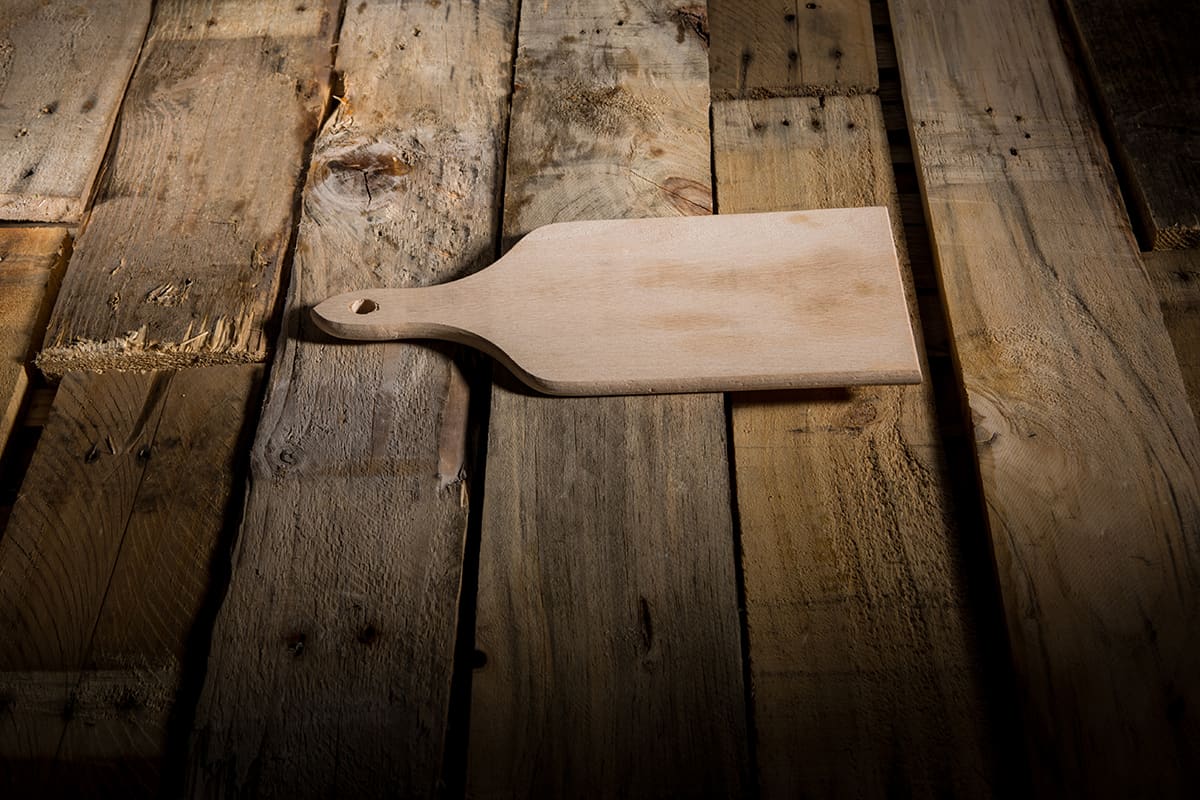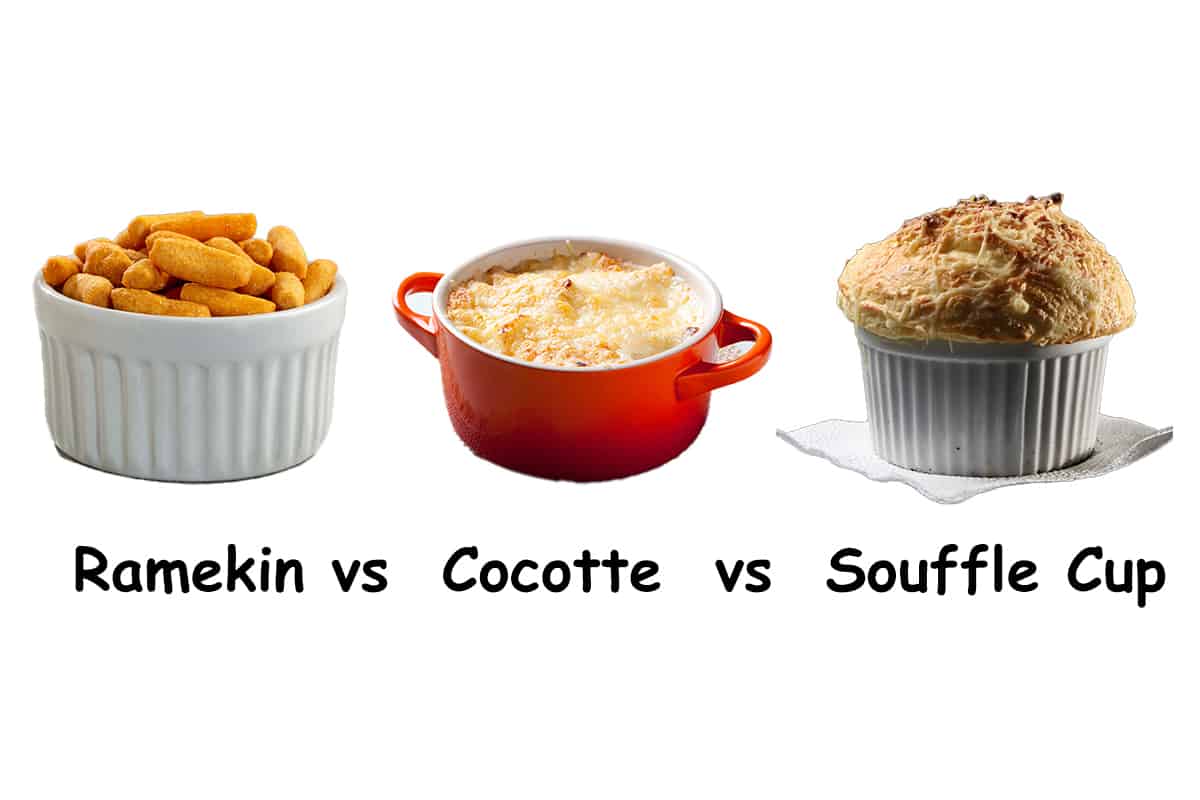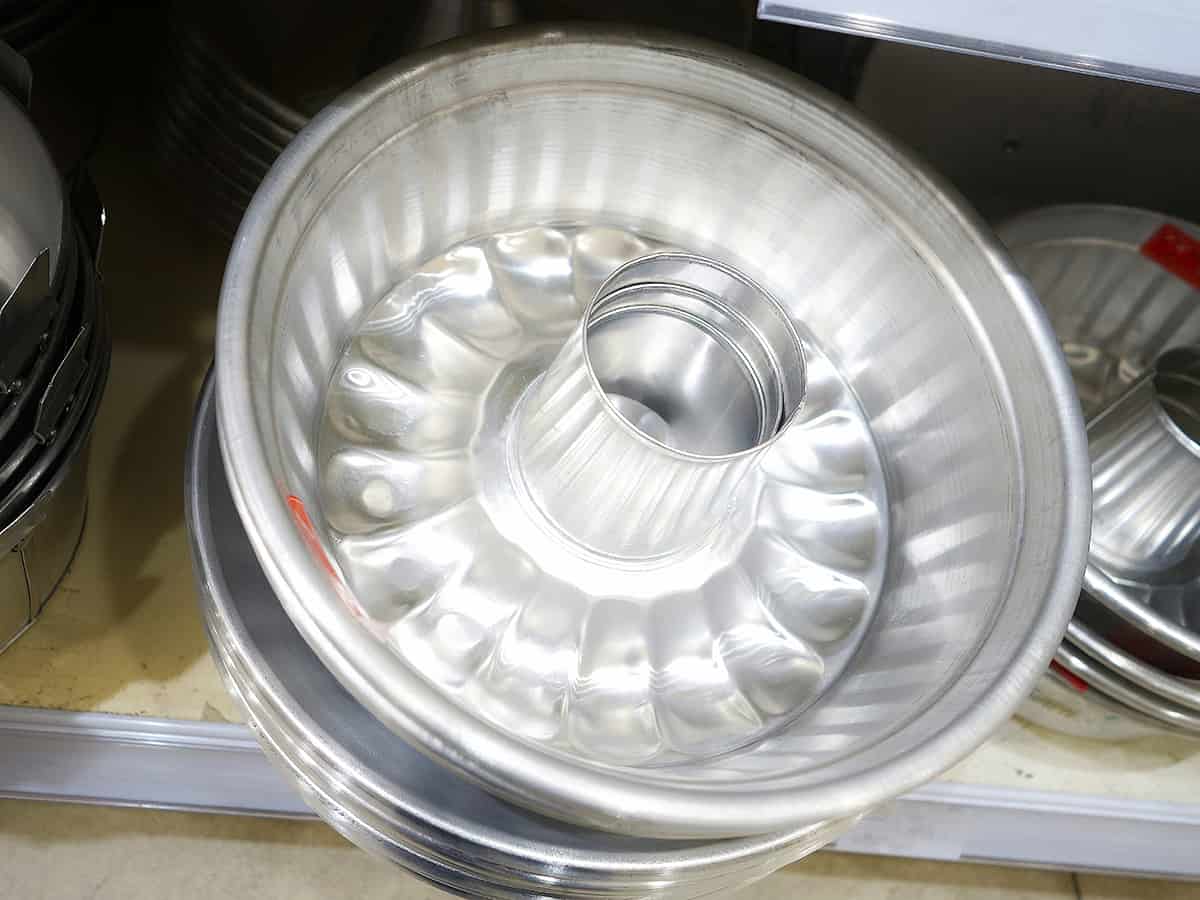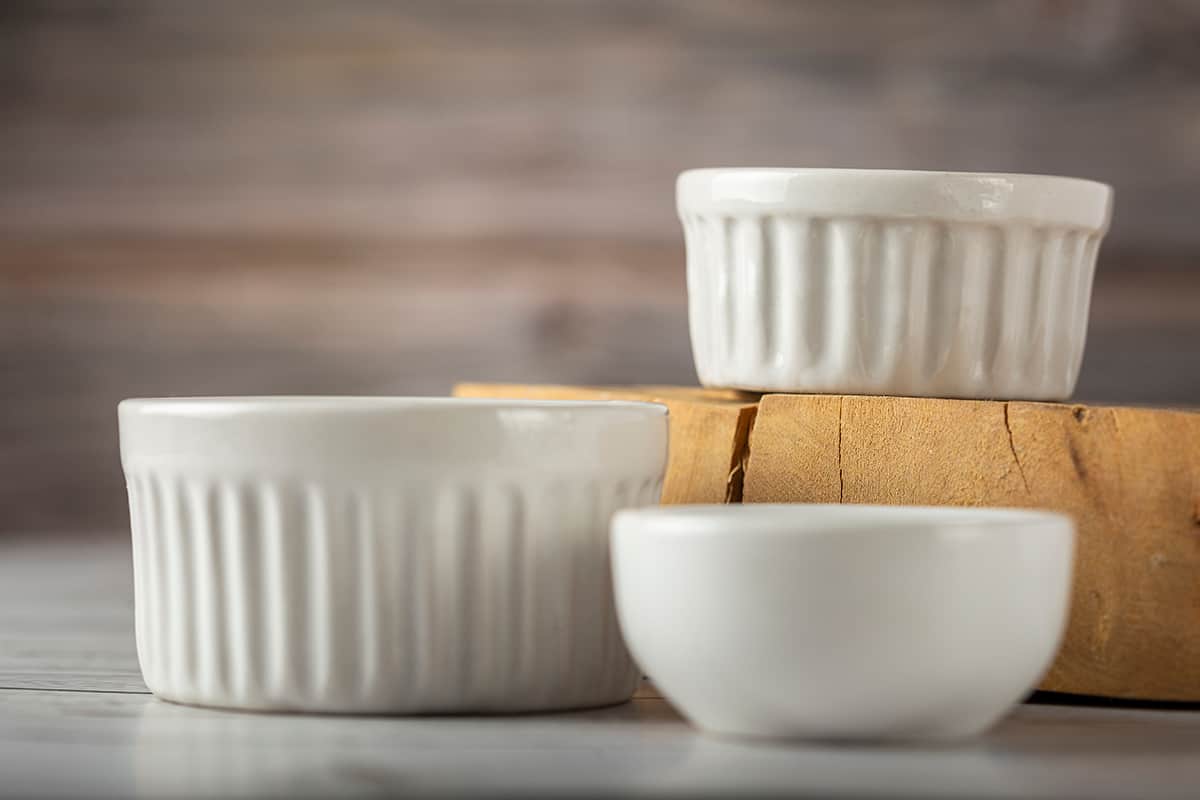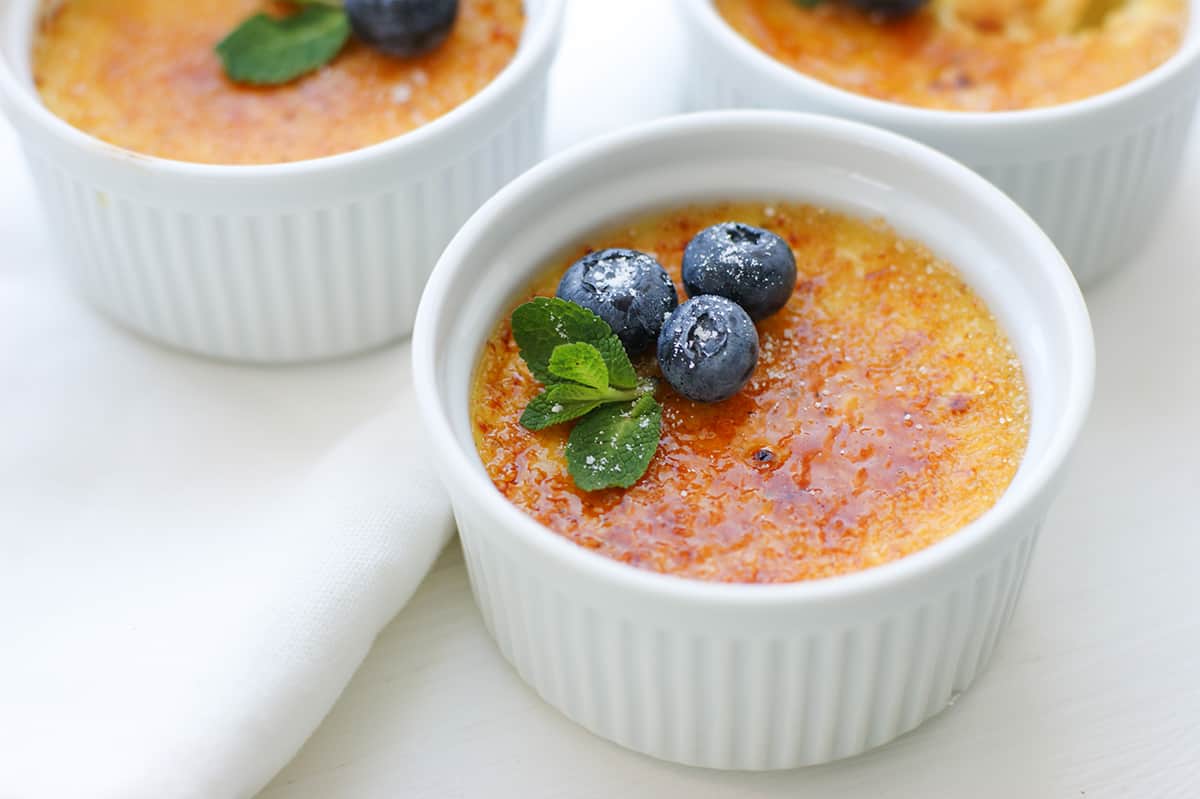The good news is that charcuterie boards can be prepared several days in advance, as long as they are stored properly in the refrigerator. Once served, a charcuterie board will last for two hours before it needs to be put back in the refrigerator. And as for the board itself; charcuterie boards can last for several decades if they are well looked after.
Here we look at a wide range of both sweet and savory recipes that can be cooked in a brownie pan, so you can get the most use out of this specialist piece of baking equipment.
Traditional cookbooks measure about 7-1/2 × 9-1/4 inches, while modern cookbooks tend to measure around 7-3/4 × 10-1/4 inches.
Ramekins intended for use in the oven or under the broiler will typically reach temperatures of between 450 and 500°F, but this will depend on the material the ramekin is made from, and the quality of the produce. Some ramekins made from more robust materials can withstand intensely hot temperatures of up to 900°F.
To remove stains from your charcuterie board, baking soda will be your best friend. This store cupboard staple can remove both stains and odors, and can be paired with lemon juice or vinegar for more persistent problems.
There are a number of items you probably already have in the kitchen that can double up as a charcuterie board. A wooden chopping board makes a great alternative charcuterie board, or you could use a cheese board or some large plates. If you have a butcher’s block or kitchen island, you could even serve the charcuterie foods directly on the kitchen countertop, beside a stack of plates so that guests can help themselves.
If you’re stocking up your kitchen cabinets with baking dishes then you may have come across the terms ramekin, cocotte, and souffle cup. Unless you’re an experienced chef, you may be unaware of the differences between these types of baking dishes, and what they are used for. Here we investigate what differentiates ramekins from cocottes and souffle cups, helping you to decide if you need any of these items, and which will be best suited for your own cooking style.
These pans have a number of similarities but also some key differences. They can be used interchangeably in some circumstances, though not all. Here we look at the ways to identify these types of pans and discuss which types of baking they are best utilized for.
If you want to make a bundt cake but you don’t have the necessary pan, there are a few alternatives you can consider. Here we look at substitutes for bundt pans, as well as how to create your own bundt pan.
The length of time your bundt cake needs to spend in the oven will depend primarily on the size of the pan. A standard 12-cup bundt pan will take around 45 minutes to cook, but it’s not unusual for bundt cakes to need over an hour in the oven.
If you find yourself in a position where you need a ramekin but don’t have one available, there are a number of items you could consider substituting it with, including jam jars, shot glasses, and mugs.
Ideally, a 5-ounce or 6-ounce ramekin will work best for individual crème brûlée portions, though ramekins slightly smaller or slightly bigger can also be used.




